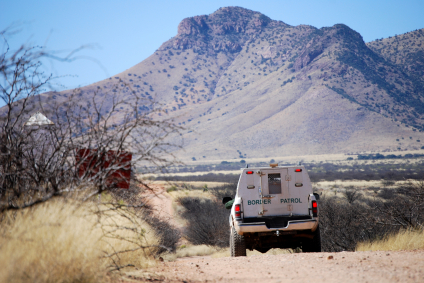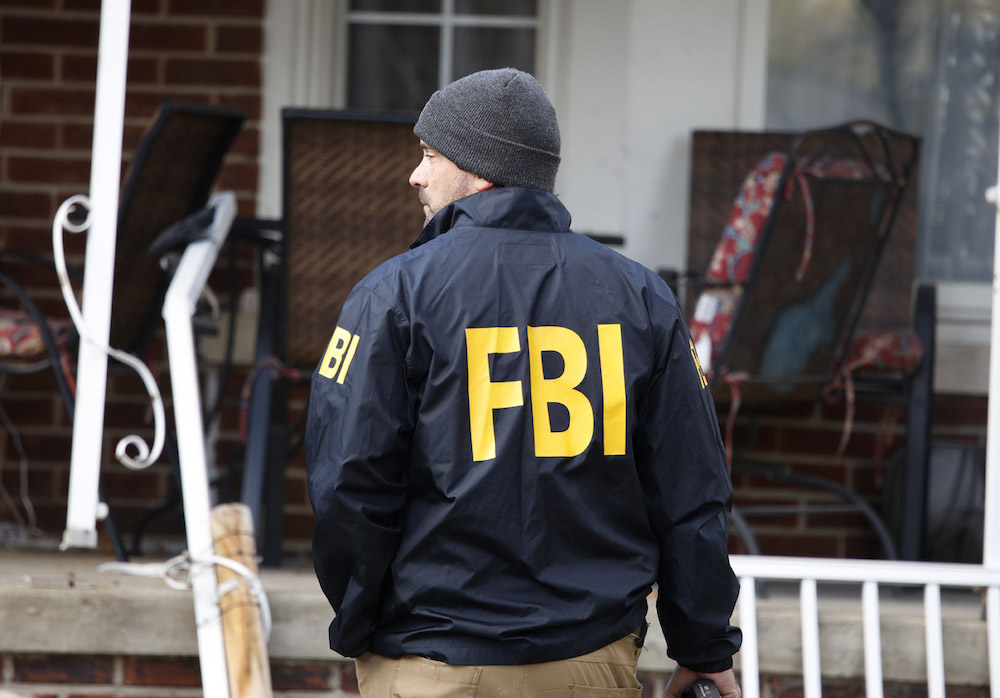
By Alan Gomez
USA Today
For the past few weeks, the attention of the White House and Congress has, rightfully, been on the tens of thousands of children from Guatemala, Honduras and El Salvador flooding across the U.S. border.
But as Washington debates the fastest and safest way to send those kids back home, it gives us a chance to rethink the way we’re deporting people to Mexico, too.
Border Patrol agents have wide latitude to determine where and when they deport someone caught trying to cross the border illegally. In many instances, they deport the person far from the location where they were caught — that hinders their ability to try to cross again, given they’re in an unfamiliar city and don’t have local connections to help.
But little thought has been given to their deportation destination, and data from both sides of the border indicate the government is sending people into some incredibly dangerous terrain.
Take Tijuana, for example. That area was once one of the most violent along the border, with drug cartels fighting a bloody battle for control of the region. But from 2008 to 2012, the city’s murder rate fell from 41 per 100,000 residents to 21,according to a study by the University of San Diego’s Trans-Border Institute.
To read more click here.





